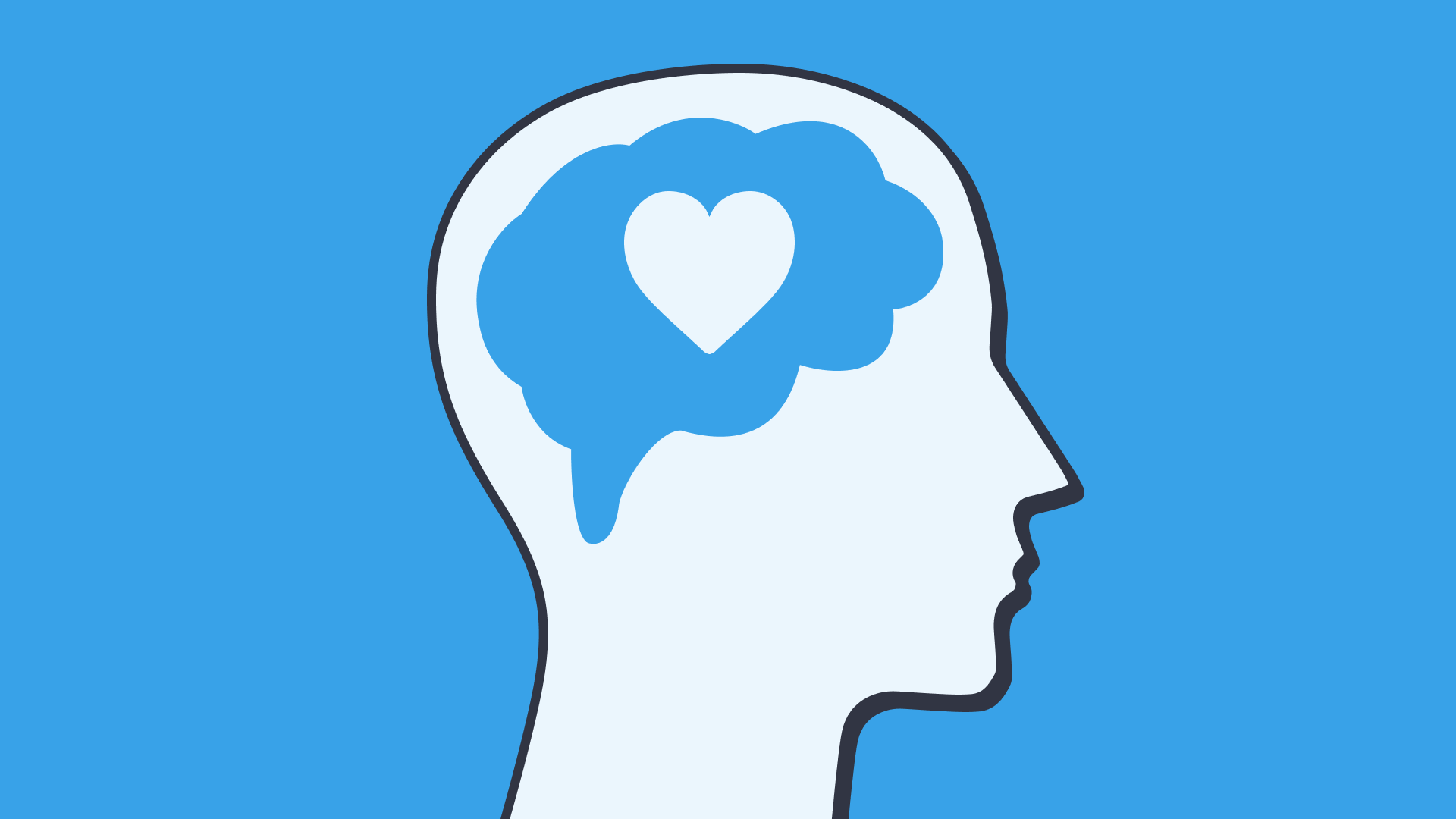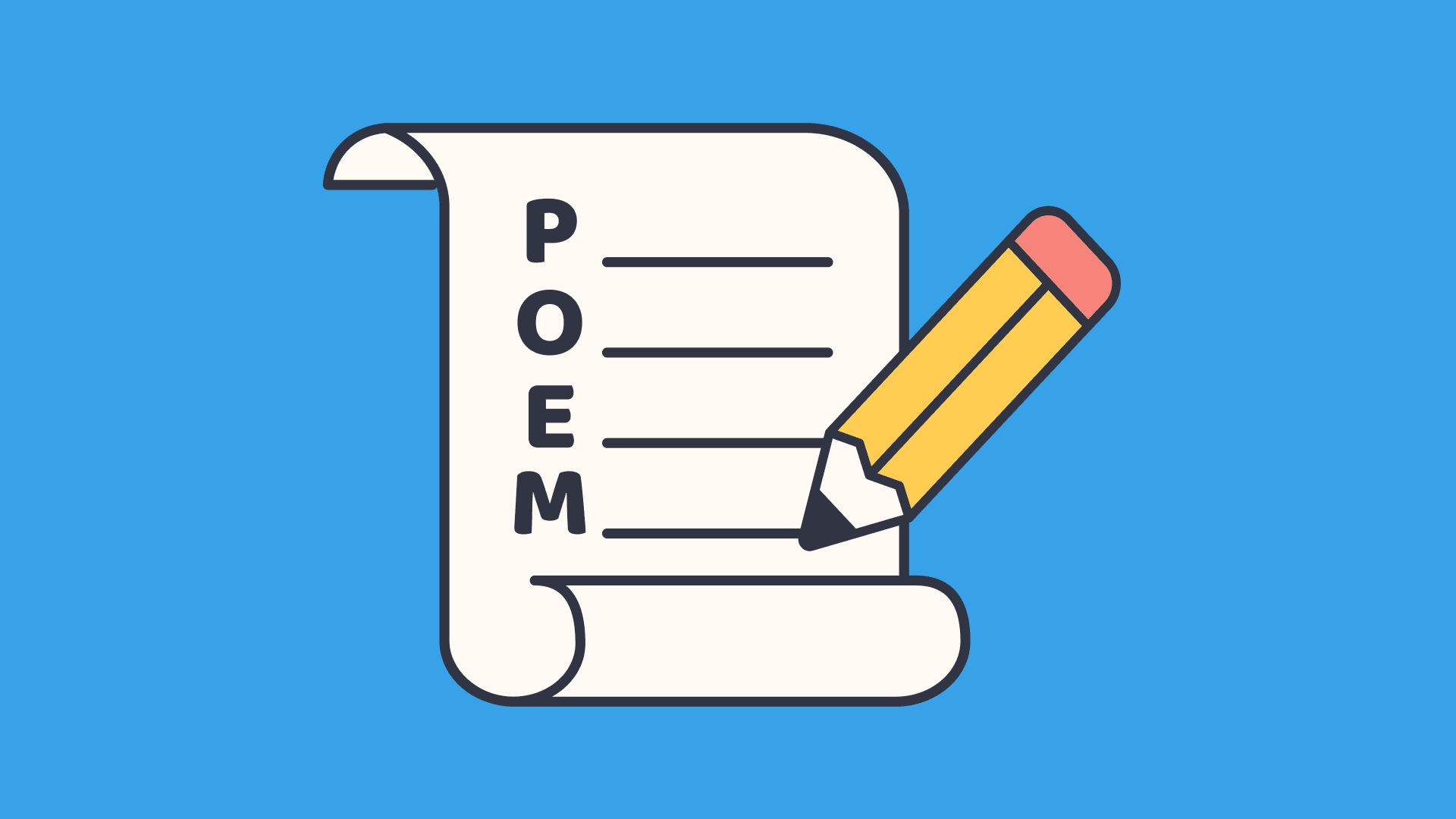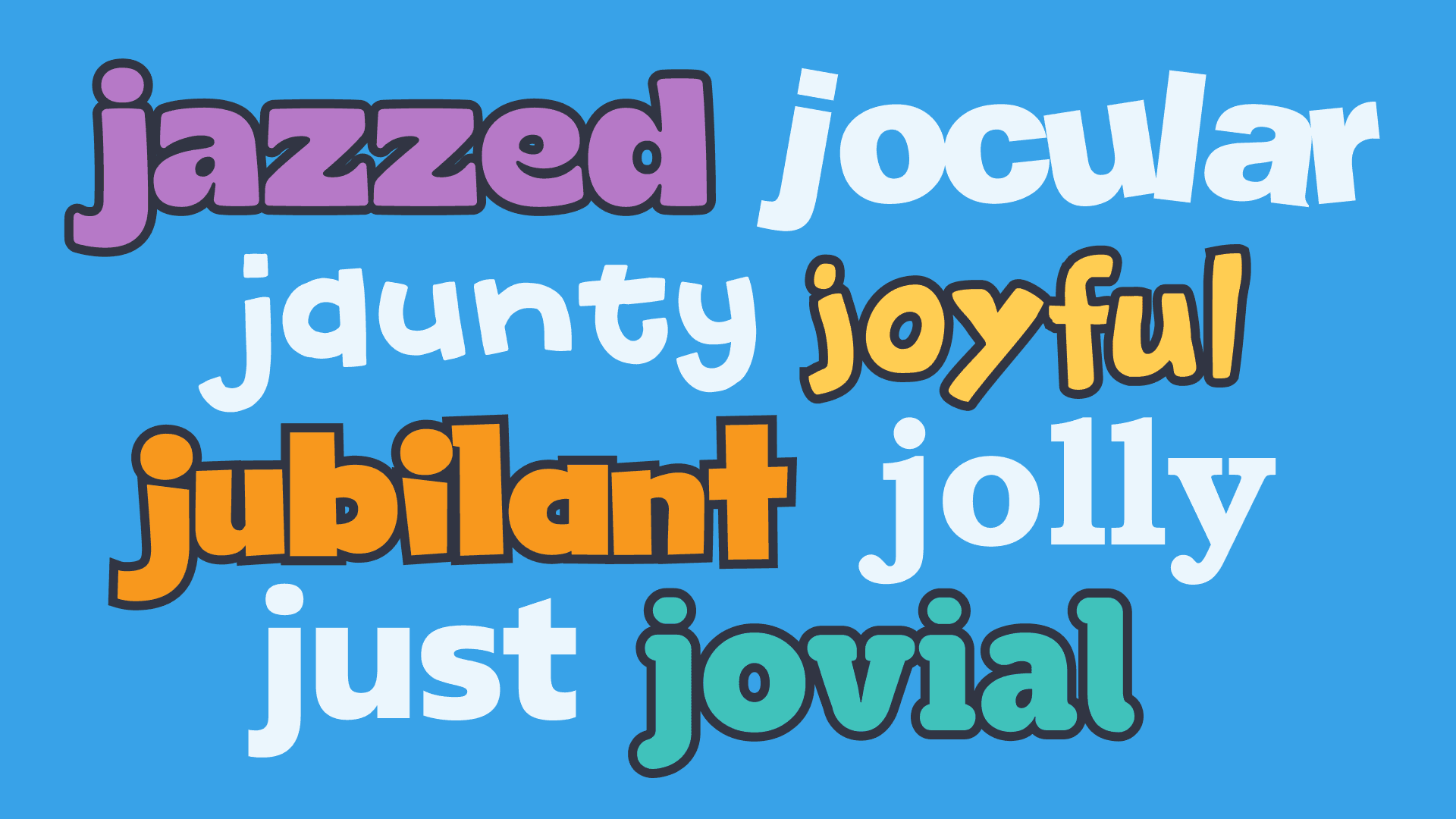9 World Mental Health Day teaching resources for your classroom
In this guide
World Mental Health Day is held annually on the 10th of October. It is a time where we, as educators, can come together to talk about mental health, and make our school communities aware that mental health matters, and taking care of our mental health is just as important as taking care of our physical health.
Worryingly, mental health disorders are on the rise, with suicidal behaviors among high school students increased by 40% (2022, National Library of Medicine)
Anecdotally, I know that I have seen more and more children displaying signs and symptoms of anxiety, depression, PTSD, and eating disorders. Anxiety has become particularly more prominent since the outbreak of Covid 19.
Giving our students the tools to be able to discuss their mental health openly, in a safe environment, can help them to develop resilience, empathy, and a deeper understanding of their own emotions. This blog offers a range of teaching resources, activities, and discussion topics to integrate mental health education into your classroom.
Why mental health education matters in schools
As previously mentioned, maintaining good mental health is just as important as maintaining good physical health, but our mental health is often overlooked, or, even worse, mental health issues can be brushed off and dismissed.
In recent years, however, there has been a growing recognition globally that having poor mental health has a direct impact on students’ behaviour, their attitude to learning, and of course, their overall wellbeing.
When children and young people are equipped with the tools they need to understand and manage their emotions, they are more likely to be healthier and happier, and to succeed both academically and socially.
By integrating mental health education into the curriculum, teachers can help students:
- Develop emotional literacy
- Enabling them to express their feelings and understand the feelings of others.
- Recognise signs of mental health challenges in themselves and their peers
- Reducing stigma and encouraging help-seeking behaviors.
- Build resilience
- Enabling them to cope with stress, setbacks, and challenges in their personal and academic lives.
World Mental Health Day provides the perfect opportunity to introduce and reinforce these critical skills.

Engaging classroom activities to promote well-being
World Mental Health Day is the perfect time to integrate some activities into your classroom that promote wellbeing.
Over the years, I have tried a lot of different activities to promote wellbeing within my classrooms. Most of these activities can be introduced on World Mental Health Day, but will have the greatest impact if you can continue to use these activities year round.
Here are a few of my favourites:
1) Feelings chart
There are a few different ways that you can implement this activity.
Sometimes students prefer to have a chart on the wall, with a number of headings that display different feelings, such as happy, excited, nervous, angry, anxious, etc. The students could then have a tag with their name on, which they can stick under the appropriate column when they enter your classroom in the morning.
For younger students you could simply have a happy, straight, and sad face that your students could pick from.
I once had a class that preferred to verbalise their emotions, so during the register they would say whether they were feeling:
- Green – reading to learn and feeling good.
- Amber – something is bothering me and I’m not feeling my best.
- Red – I am feeling really bad and it will prevent me from learning.
When students are given the opportunity to ‘check in’ with their emotions daily, they get better at naming and recognizing their emotions, and are able to understand how their emotions can be a barrier to learning.
Additionally, and perhaps most importantly, it gives you as an educator a chance to find out how your students are doing, and then you know who you need to check in with before you get your day rolling.
2) Daily gratitude
This is one of my favourite daily practices, not only that I complete with my students, but that I implement at my dinner table at home too! Research has shown that consciously practising gratitude can reduce feelings of stress and anxiety.
Studies have found that a single act of thoughtful gratitude produces an immediate 10% increase in happiness, and a 35% reduction in depressive symptoms. (2022, Mental Health First Aid) These effects disappear within three to six months, which reminds us to practice gratitude over and over.
At the end of each day, encourage your students to name one thing they are grateful for today. In the beginning, they may find this very hard, and will need some modelling to be able to participate and engage. I always start off the gratitude circle in my classroom, and I also make sure to include assistants or other adults that happen to be in the room at the time.
At first, students will often only be able to mention material things such as ‘I’m grateful for my playstation’ . This isn’t wrong, and students shouldn’t be corrected, but try to encourage them to step away from this and to think about the more meaningful things in their lives.
Some examples might be:
- “I’m really grateful to Mrs X today because she took time out of her day to help with my maths.”
- “Today I am grateful for technology because I got to learn something new about a completely different country!”
- “I am grateful to see the sunshine today after a few days of rain.”
I have also introduced ‘snaps’ during gratitude time! So when somebody says a gratitude that people agree with, or a particularly lovely gratitude, we click our fingers in agreement!
I would highly recommend adding Daily Gratitude to the end of your day, even just once a week, and see how your students go home that day with smiles on their faces!

Discussion topics for raising mental health awareness
World Mental Health Day is the perfect time to hold discussions with your students that raise awareness of the importance of mental health. Often, the best classroom conversations start with a question, and then the students will then steer the discussion, based on their needs, their experience and their questions.
Here are some discussion starters that I have used with students of a variety of ages:
As mental health has become more widely spoken about, we can sometimes forget that our students might not have a firm understanding of what good mental health actually looks like
Many of our students may unfortunately not have good role models at home for taking care of their mental health, so it is important that we find the time in the classroom to have these discussions.
Begin by asking students to share with their peers what they think good mental health looks like.
- What does it look like and feel like when they are feeling good?
- What does a person with good mental health do/say/think/feel?
Allow some time for discussion, and write down some key points on a whiteboard.
At this point, it can be great to allow the discussion to evolve organically, or perhaps you can ask further questions to help guide the conversation in a suitable way.
It can be useful to create a poster including your students’ ideas and thoughts, which you can refer back to during further discussions on the topic throughout the year.
3) What can you do if a friend is feeling sad or stressed?
World Mental Health day is the perfect opportunity to equip your students with some of the skills and knowledge needed to be able to support a friend through a crisis. Of course, all of these strategies can also apply to taking care of their own mental health too!
Allow your students some time to share strategies they think would be useful to help a friend. Their suggestions will vary depending on the age of your students, but be sure to validate them all and then guide as necessary; it is important that your students feel valued and heard when discussing such sensitive topics.
Encourage students that sometimes, we need adult support to help our friends if they are sad or stressed. Students could make a list of trusted adults they could call upon, whether they are at home or at school.

Mindfulness and relaxation techniques for students
Mindfulness and relaxation techniques are powerful tools for helping students regulate their emotions and manage stress. Introducing these techniques can improve focus, emotional awareness, and overall mental health.
World Mental Health Day is the perfect time to introduce some of these techniques into your classroom, and then I highly recommend making some of these activities part of your weekly routine.
Here are some simple practices that I have found to be most effective:
4) Breathing exercises
When we are feeling stressed and our body is in the ‘fight or flight’ response, our breath can become shallow and rapid. This then exacerbates the feelings of being stressed, and it can be really hard for our body and our mind to ‘de-stress’.
By undertaking some calming breathing techniques, we signal to our body that we are safe, and we trigger the ‘rest and digest’ response, calming the body and the mind.
Try some different breathing techniques when you’re tense
Box breath
Hold your finger out in front of you, with each part of the breath you draw a side of a square or box in the air.
- Breathe in for the count of 5, draw up as you go.
- Hold for 5.
- Draw the top of the box as you count.
- Breathe out for 5, draw the second side of the box.
- Hold for 5.
- Draw the bottom of the box.
Repeat this four or five times.
Five finger breathing
This is similar to box breath, but instead of tracing a box in the air, you trace up and down your fingers with each breath.
You can watch Hand Breathing to guide you.
Power breath
If you actually need your students to feel re-energised and refocused, try the Power Breath!
I love this if we have been working hard and sitting down for a while, it works wonders for a renewed sense of concentration, particularly in the afternoons when we start to feel dozy!
5) Guided meditation
Guided meditations are a great way to help your students feel calm and centered and ready to learn. I often use a guided meditation after lunch, especially if there has been some drama on the playground that we need to let go of so we are ready to learn!
You can lead a guided meditation yourself:
- Ask your students to close their eyes if they feel comfortable to do so, then encourage them to imagine everything you are saying.
- You can lead them on imaginary walks through a forest, along a beach, or even up a mountain! Try a few different approaches to see what works for your class!
Alternatively, here are some videos that will do the work for you:
Try The Calm Frog in the Sunny Pond.
6) Body scan meditation
This is one of my favourites to utilise if students are angry, stressed out, or just generally not feeling good in their bodies. The idea of a body scan meditation is that they focus fully on their bodies, really focusing on one part of their body at a time. It can help bring them back to the present moment, and is incredibly calming.
- If you have the space, ask your students to lay down. Even better if you can do this outside and they can lay directly on the grass!
- They should close their eyes, and breathe slowly and deeply.
- Then, encourage them to bring their attention to their toes.
They should really imagine how their toes feel.
- After toes, move up to feet, ankles, shins etc.
- Spend some time on each body part, encouraging your students to really focus all their thoughts on that particular part of their body.
- By the time you get all the way to the top of their heads, you should be able to notice how much calmer your students are feeling.
- Of course, some find it harder than others to be still, but with time and practice they will improve!
Building a supportive classroom environment
World Mental Health Day is the perfect opportunity for you as an educator to reflect upon if your classroom is a supportive environment, where your students feel safe to discuss their mental health. There are always things we can do to improve, and it is important that we take time to think about what is going well and what we can do better.
Here are some ways that you can ensure your classroom is a safe, supporting and nurturing environment:
7) Foster open communication
Encourage students to share their thoughts and feelings in a judgment-free environment. Establishing a routine where students can check in with each other or with you can help build trust and create a supportive classroom atmosphere.
I love the feelings chart or role call check in for this.
8) Model empathy and compassion
As educators, our actions speak volumes. By modelling empathy, active listening, and understanding, we set an example for our students to follow.
Showing students that their emotions matter helps create a culture of kindness and support in the classroom.
9) Promote inclusivity
Every student should feel valued and understood.
Create activities and lessons that emphasise diversity, inclusion, and respect for all students. This helps build a sense of belonging and safety within the classroom.
World Mental Health Day offers a fantastic opportunity to prioritize activities and lessons that promote awareness of good mental health. If we can encourage our students to be able to recognize and name their emotions, identify their triggers, and give them some tools and strategies to help them feel better when their mental health isn’t at it’s best, we are sure to have a laying impact on not only our students mental health, but their physical health and their academic performance too.

Ruth Litchfield
briefcase iconEducator & Education Content Creator
Ruth is an experienced primary school educator of over a decade, and an Educational Content Creator. She specialises in creating fun and engaging activities that require minimal resources and cover multiple curriculum areas.
Other posts
Want more content like this?
Subscribe for blog updates, monthly video releases, trending topics, and exclusive content delivered straight to your inbox.













